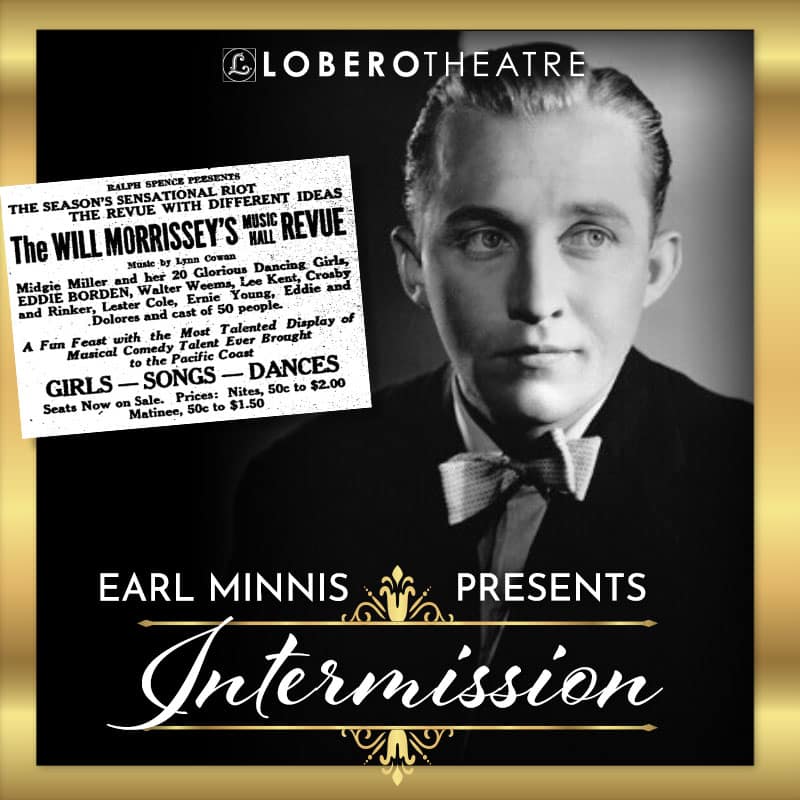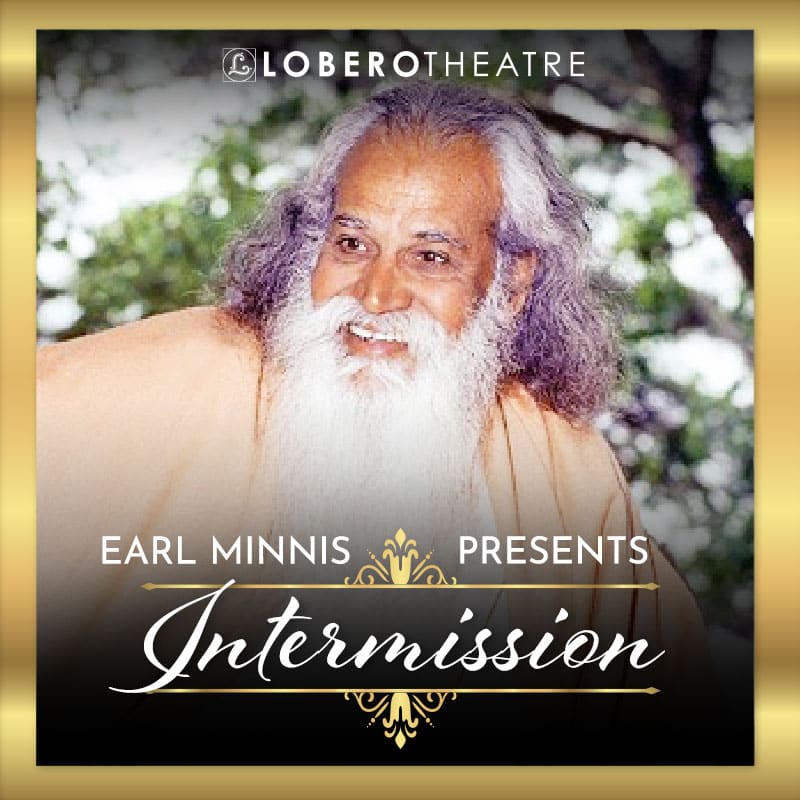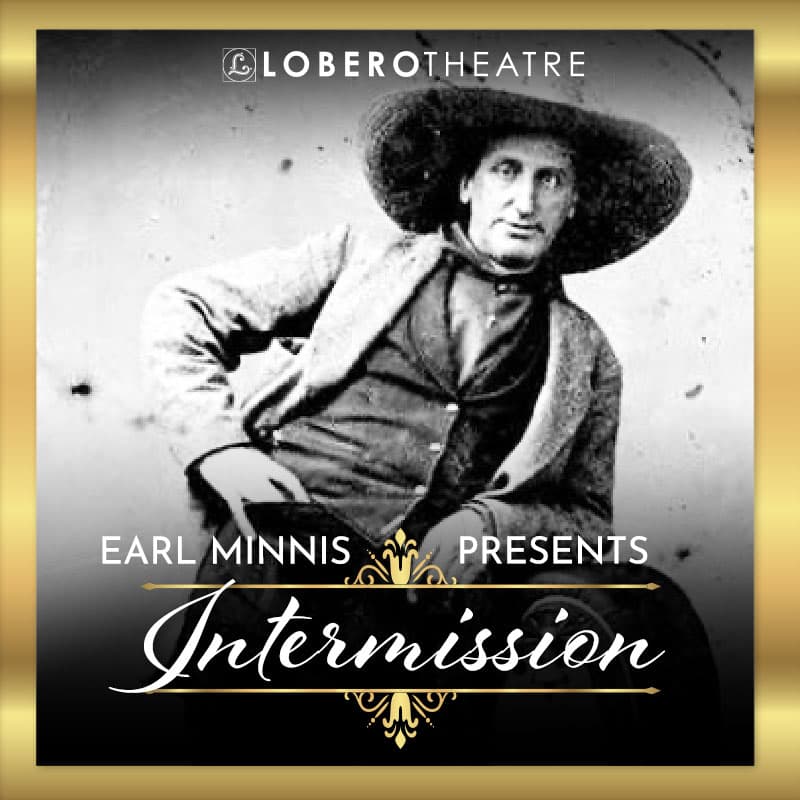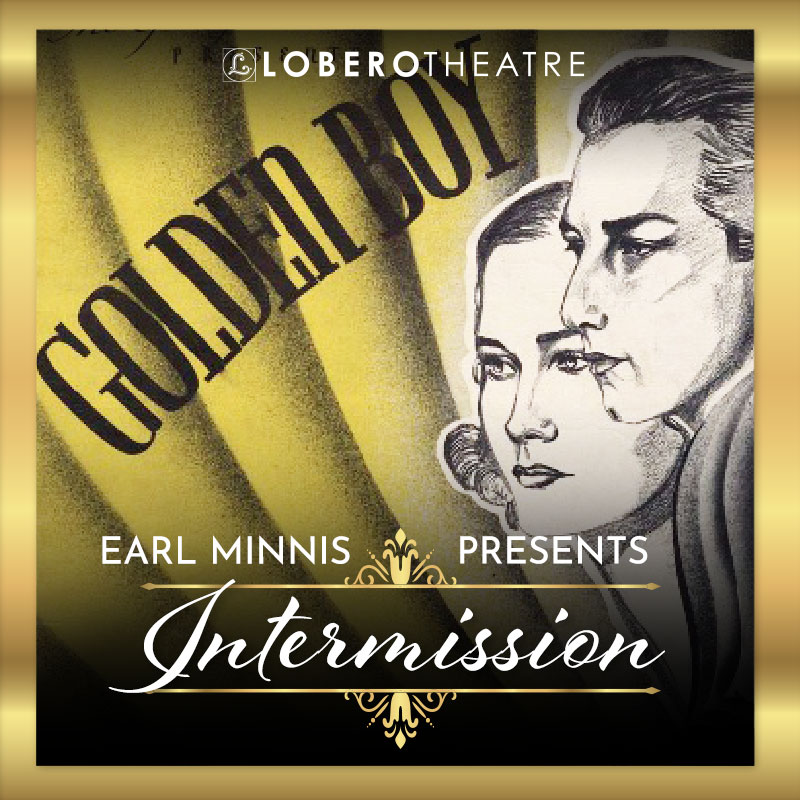On August 13, 1926, Will Morrissey’s Music Hall Revue came to town for the Lobero Theatre’s first (and likely only) “midnight matinee.”
The Revue was an enormous production involving a cast of 50 performers, who made up 28 acts of music, dancing, and comedy. Included in the Revue were two young men from Spokane, Washington, who were billed as “Two Boys and a Piano” – a pianist named Al Rinker, and a precociously talented 23-year-old jazz crooner by the name of Bing Crosby.
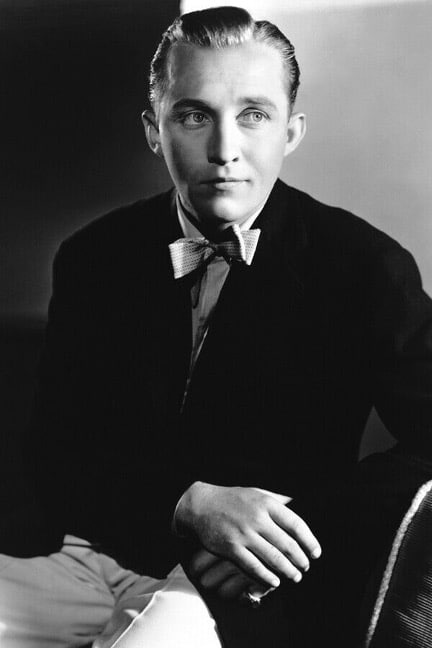
Bing Crosby and Al Rinker were two high school buddies from Washington who played together in a jazz band called “The Musicaladers.” In 1925, after 3 years at Gonzaga University studying law, Crosby figured he might make more money as a singer than by pursuing a career in law, and he and Rinker left Spokane for Hollywood in Crosby’s 1916 Model-T Ford. Arriving in Los Angeles, they got some minor performing roles before being hired to appear as a duo in the Will Morrissey Music Hall Revue.
Crosby and Rinker joined Will Morrissey’s Music Hall Revue in April 1926, and each was paid $75 a week. During the Revue’s 14 week run in Los Angeles, there was publicity about Morrissey being arrested for drunken driving and also about checks payable to the cast being dishonored. Partway through a show in July 1926, Morrissey told the audience that the performance could not continue as he hadn’t been paid by his partner. Fortunately, his partner’s agent was in the audience and he put up $1,000 to allow the evening’s show to be completed.
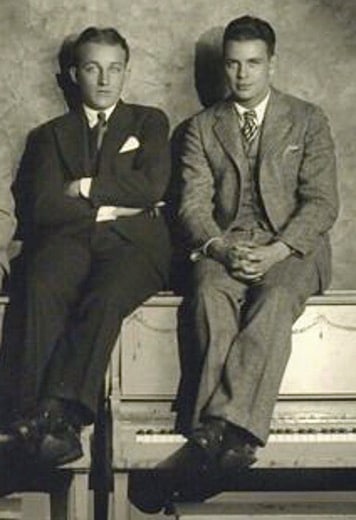
After its run in Los Angeles, the Revue traveled to San Diego, and then to the Lobero Theatre in Santa Barbara, where it played the nights of August 13 and 14. A novelty of the Revue was that each Saturday evening the performance started at midnight, and was called a “midnight matinee.”
Crosby and Rinker’s appearance came midway through the Revue, and the duo was given time for 3 – 4 songs. With Rinker at the piano and Crosby standing to do lead vocals, the two specialized in interesting jazz rhythms and tricky harmonies. Crosby was especially adept at scat singing – improvising with what became his signature “bub-bub-ooing” when he forgot the lyrics.
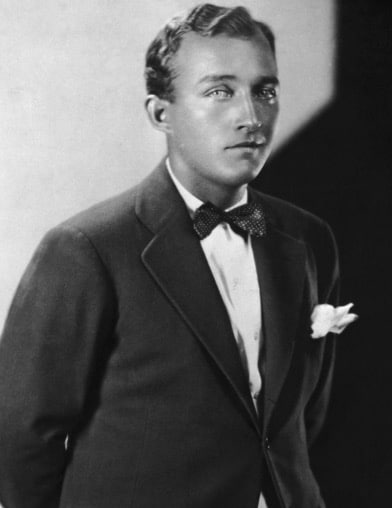
The “Two Boys and a Piano” lively and modern songs and Crosby’s loose-jointed, relaxed vocal style proved so popular – especially with younger audience members – that the duo was considered a “show-stopper,” and audiences frequently demanded numerous encores. Reviewers often highlighted their performance above even the Revue’s headliners.
In a 1926 review of the show, Variety Magazine wrote,
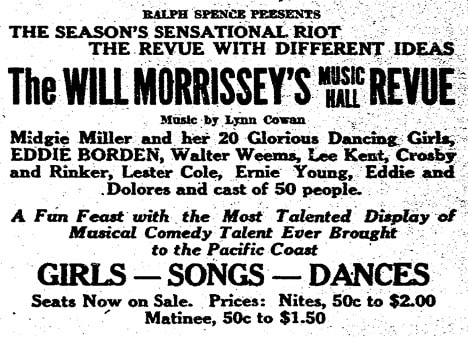
“Blues of the feverish variety is their specialty, and they are well equipped with material, presumably their own. Young and clean cut…wherever the public goes for “hot” numbers served hot, Crosby and Rinker ought to have an easy time. When they have completed a few weeks locally they will unquestionably find a market for their wares in other presentation houses.”
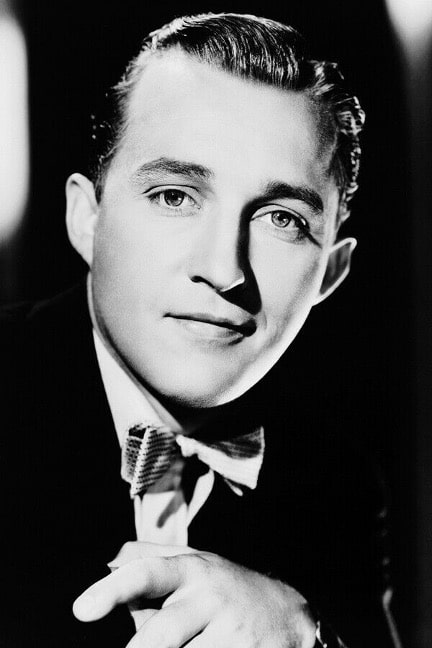
Sources:
